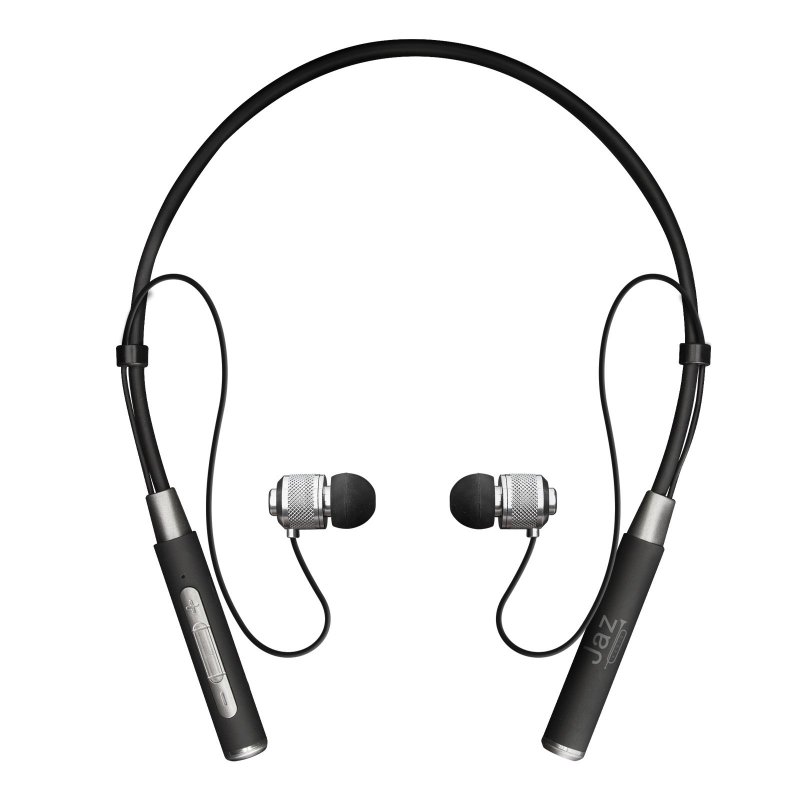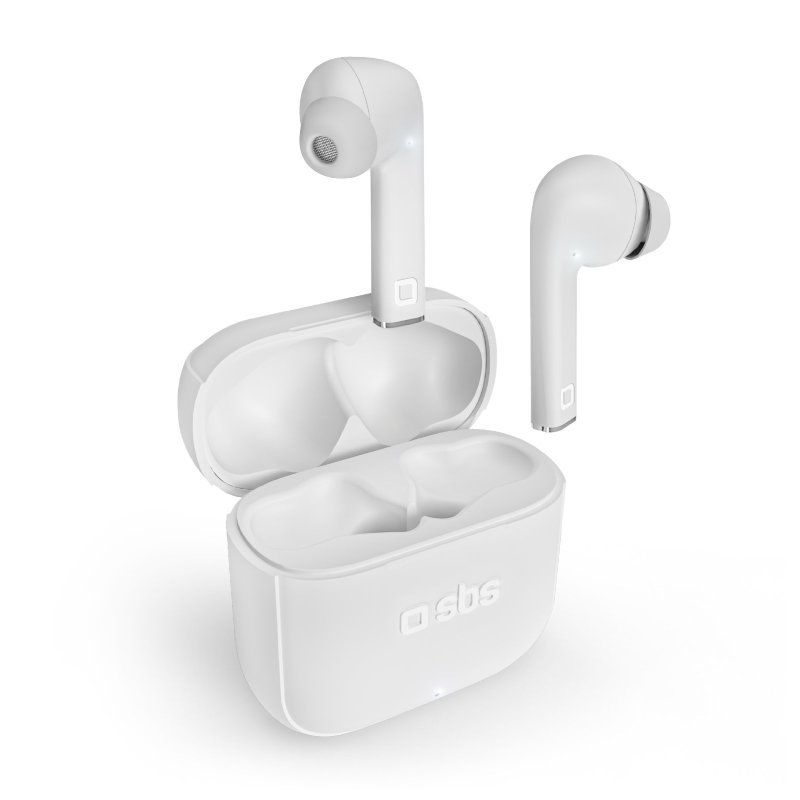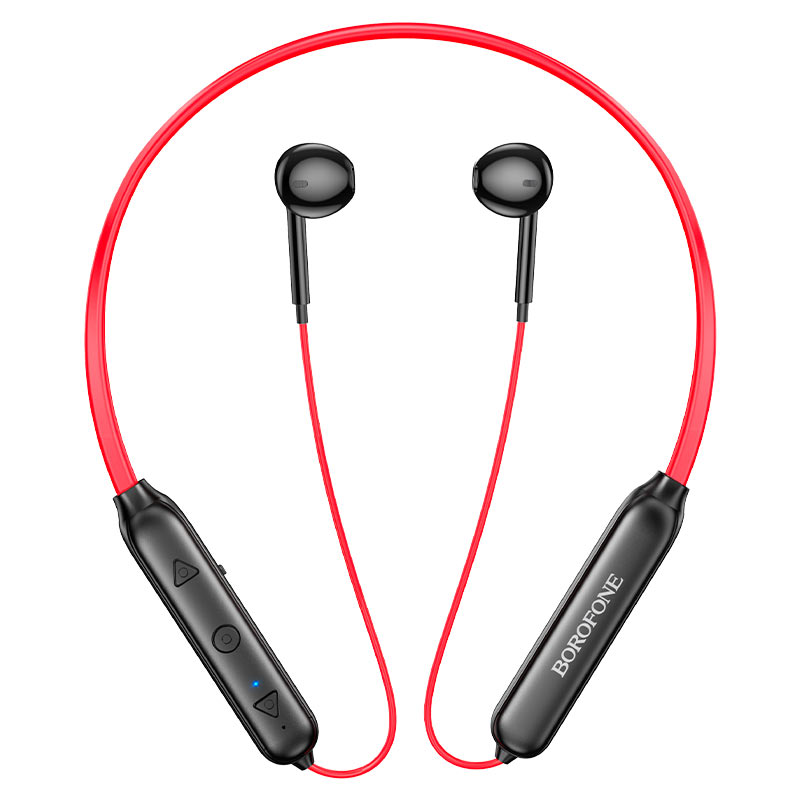Earphones have transformed how we listen to music, podcasts, and audio content. From humble beginnings to today’s cutting-edge designs, they have become essential everyday items. In this article, we will explore their history, technology, types, and how to choose the right earphones for your needs.
A Brief History of Earphones
The Early Beginnings
The history of earphones can be traced back to the late 19th century. The invention of the telephone spurred developments in sound technology. Early headphones were cumbersome devices. They covered the entire head and were unsuitable for personal listening.
In the 1950s, a young inventor named John C. Koss developed the first true stereo headphones. He created a lightweight, portable design that changed the way people listened to music. His creation was a significant milestone, as it allowed users to enjoy music on the go.

The Transition to Earbuds
The transition from headphones to earphones began in the late 1970s. Companies like Sony pioneered the introduction of portable audio devices. The Walkman was revolutionary. It made music portable and popularized the idea of earphones as personal audio devices.
The first earphones were simplistic. They often consisted of a single speaker driver place in a casing. However, as technology progressed, the design and functionality of these devices improved rapidly.
The Digital Age and Wireless Revolution
The 21st century marked a turning point in audio technology. The rise of digital music and streaming changed listener habits. Apple’s iPod, launched in 2001, played a significant role in the earphone industry’s evolution. It also drove demand for better sound quality and portability.
The introduction of wireless technology took earphones to a new level. Bluetooth connectivity became a standard feature. Consumers now favored wireless convenience over the tangled cords of the past. This shift led to the popularity of earbuds like Apple’s AirPods, which sparked a surge in the market for truly wireless earphones.
Sound Technology Behind Earphones
Drivers and Sound Quality
At the heart of any earphone is the driver. Drivers convert electrical signals into sound. There are various types of drivers, each with its own sound signature. The most common are dynamic drivers, balanced armature drivers, and planar magnetic drivers.
Dynamic drivers are the most prevalent. They offer a broad frequency range and are excellent for bass-heavy music. Balanced armature drivers, on the other hand, deliver more accurate sound, making them popular among audiophiles.
Planar magnetic drivers are relatively newer. They provide high-quality sound and are becoming popular in high-end earphones. The choice of driver affects sound performance.
Noise Cancellation Technology
Another significant advancement in earphone technology is noise cancellation. Active Noise Cancellation (ANC) uses microphones to pick up external sounds. The earphones then produce sound waves that cancel out unwanted noise. This technology is invaluable for travelers or those in loud environments.
Passive noise isolation, meanwhile, involves physical barriers to block out sound. It can come from the earbud design itself. Both ANC and passive isolation contribute to a more immersive listening experience.
The Importance of Frequency Response
Frequency response is crucial in determining how well earphones reproduce sound. It refers to the range of frequencies an earphone can produce. A wider range generally means better sound quality. For most listeners, a frequency response of 20Hz to 20kHz is standard. This range encompasses the entire spectrum of human hearing.
Impedance and Sensitivity
Impedance measures the resistance of the earphones. It affects how much power they require. Lower impedance earphones work well with portable devices. They need less power to output sound, making them suitable for smartphones. Higher impedance earphones often require dedicated amplifiers for optimal performance.
Sensitivity refers to how efficiently earphones convert power into sound. Higher sensitivity means the earphones can produce louder sound at lower power levels. Understanding these factors can help users select the right earphones for their audio source.
Types of Earphones
In-Ear Monitors (IEMs)
In-ear monitors are popular among musicians and audiophiles. They provide excellent sound isolation and clarity. The snug fit blocks out external noise, making them ideal for monitoring music during performances. IEMs often use balanced armature drivers for precise sound and can be custom-fitted for an individual’s ear.
Over-Ear vs. On-Ear
Over-ear earphones are larger and encompass the entire ear. They offer excellent sound quality and comfort but can be bulky. They are ideal for home use or studio environments where sound quality is the priority.
On-ear earphones sit on the ear rather than around it. They are lightweight and portable but may not provide as much noise isolation. They strike a balance between comfort and ease of use.
True Wireless Earbuds
True wireless earbuds have gained immense popularity. These devices are completely wireless and offer great convenience. They come with charging cases that keep them powered up while on the go. Features like touch controls and voice assistant integration make them user-friendly.
Sports Earphones
Sports earphones cater to fitness enthusiasts. They often feature sweat and water resistance. Many have ear hooks to ensure they stay secure during vigorous activities. These earphones are designed for an active lifestyle.
Budget vs. Premium Earphones
When shopping for earphones, buyers often face the dilemma of budget versus premium options. Budget earphones provide decent quality at a lower price. They are good for casual listeners.
Premium earphones, however, offer superior build quality and sound performance. They often feature advanced technology such as noise cancellation and high-fidelity sound. Choosing the right option depends on individual preferences and needs.
Choosing the Right Earphones
Establish Your Listening Habits
Before selecting earphones, it is essential to consider how and where you will use them. If you listen to music primarily at home, over-ear headphones may suit you. For commuting or exercising, true wireless earbuds offer unmatched convenience.
Sound Preferences
Everyone has different sound preferences. Some people enjoy bass-heavy music, while others prefer a more balanced sound signature. Try different earphones to determine which sound profile you enjoy the most. Many retailers offer opportunities for customers to test products before making a final decision.
Comfort and Fit
Comfort is crucial when selecting earphones. An uncomfortable fit can ruin the listening experience. For in-ear models, ensure you choose the right ear tip size. Many brands offer different sizes to ensure a secure fit. For over-ear models, consider the ear padding and headband design for comfort during extended use.
Durability and Build Quality
Durability plays a significant role, especially for portable devices. Look for earphones made from high-quality materials. Reinforced cables and water resistance can enhance longevity. Understanding the warranty options can also provide peace of mind.
Brand Reputation and Reviews
Finally, consider the brand’s reputation. Opt for brands known for quality products and customer service. Reading user reviews can offer insight into real-world performance.
Maintenance and Care for Earphones
Cleaning Your Earphones
Taking care of your earphones extends their lifespan. Regular cleaning helps maintain sound quality. Use a soft, dry cloth to wipe down earphones. For in-ear monitors, gently remove ear tips for cleaning. Wash them with mild soap and ensure they are completely dry before reattaching.
Proper Storage Techniques
Storing earphones properly is crucial. Keep them in a case when not in use. This prevents tangling and protects them from damage. For wired earphones, avoid wrapping the cable too tightly. Instead, use loose loops to minimize wear and tear.
Cable Management Solutions
Cable tangles can be frustrating. Invest in cable management solutions like organizers or clips. These tools help keep earphone cables untangled and ready for use. They are especially helpful for wired earphones.
Handling and Usage Tips
Handling earphones carefully prolongs their lifespan. Avoid yanking on the cable or pulling them out forcefully. Use the controls as intended and avoid exposing them to extreme temperatures. Follow the manufacturer’s guidelines for optimal usage.
The Future of Earphone Technology
Advancements in Sound Quality
As technology continues to evolve, we can expect significant advancements in sound quality. Innovations in driver technology and audio codecs will likely offer listeners better sound fidelity. Brands are already experimenting with unique designs to enhance audio performance.
Integration with Smart Devices
The future of earphones will see increased integration with smart devices. Features like voice control, AI assistants, and smart noise-canceling technology will become more common. This will make earphones even more versatile.
Customizable Sound Profiles
Another exciting development is customizable sound profiles. Many earphones will likely come with app support, allowing users to adjust EQ settings. This will enable listeners to personalize their audio experience based on individual preferences.
Sustainability and Eco-Friendly Practices
Sustainability will become increasingly important in the earphone industry. More brands are focused on eco-friendly materials and practices. This shift will appeal to environmentally-conscious consumers and contribute to a healthier planet.
Conclusion
The journey of earphones from bulky headphones to sleek wireless designs illustrates the rapid advancement of sound technology. With numerous types available, there is something for everyone. As technology continues to evolve, the future looks bright for earphones. The possibilities are endless. Whether you are an audiophile or a casual listener, understanding your needs and preferences is key. Choosing the right earphone can significantly enhance your listening experience, making music more enjoyable.
By staying informed about new technology and trends, you can make wise choices that meet your needs for years to come. No matter your lifestyle or audio preferences, there is a perfect pair of earphones waiting for you.




